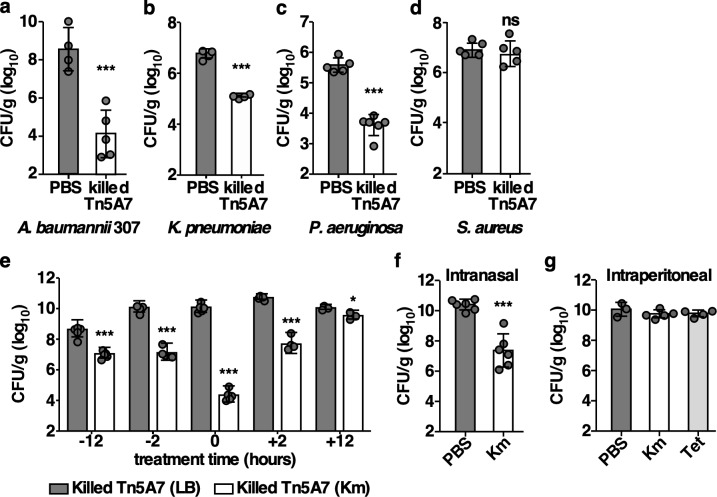Fig 7. Kanamycin propagated A. baumannii enhance the clearance of multiple Gram-negative bacterial pathogens during pneumonic infection.
(a) Mice were infected with A. baumannii 307 mixed with PBS or chemically killed Tn5A7 propagated in lysogeny broth containing kanamycin; (b) K. pneumoniae mixed with PBS or chemically killed Tn5A7 propagated in lysogeny broth containing kanamycin; (c) P. aeruginosa mixed with PBS or chemically killed Tn5A7 propagated in lysogeny broth containing kanamycin; or (d) S. aureus mixed with PBS or chemically killed Tn5A7 propagated in lysogeny broth containing kanamycin. (e) Mice were treated with intranasal administration of chemically killed Tn5A7 propagated in lysogeny broth with and without kanamycin at 12 or two hours prior to, at the time of, or two, or 12 hours after infection with WT A. baumannii. (f) Mice were infected with WT/pMU368 propagated in lysogeny broth followed by intranasal treatment with 40 mg/kg kanamycin or an equal volume of PBS. (g) Mice were infected with WT/p.luxABCDE.MU368.tet and treated with intraperitoneal injection of kanamycin (100 mg/kg), tetracycline (3 mg/kg), or an equal volume of PBS. (a-g) Mice were infected intranasally with the indicated pathogens and bacterial burdens were enumerated from the lung at 36 hpi (48 hpi for b). Means were compared using unpaired Welch’s t-test (a-d, and f) or one-way ANOVA adjusted for multiple comparisons (e and g). Unless otherwise noted, all comparisons were made with the first column of each graph. CFU/g, colony forming units per gram of organ homogenate; *, P<0.05; **, P<0.01; ***, P<0.001.

